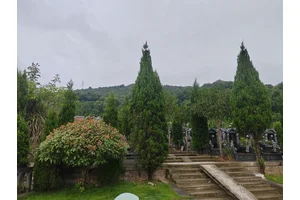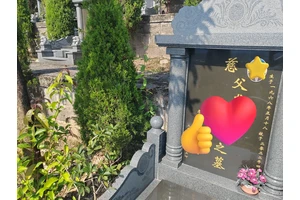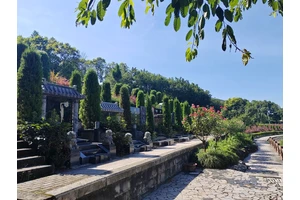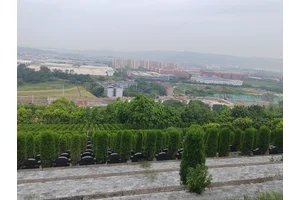The Hidden World of Tombstones: An Exploration
In the annals of time, the human race has developed a deep respect and reverence for the graves that are the final resting place for many. These tombstones, carved with intricate designs and inscriptions, serve as testaments to the lives and deeds of those who have gone before us. This article delves into the fascinating world of burial monuments, exploring their historical significance, artistic merit, and the emotional resonance they hold within communities worldwide.
Historically, human burial practices have undergone numerous transformations over time. Early civilizations such as the Egyptians and the ancient Chinese had elaborate burial rites and mounds dedicated to the afterlife. In contrast, modern burials have become more private and individualized, often reflecting the personal preferences of the deceased. However, one common theme that runs through these diverse cultures is the desire to commemorate life and leave a lasting impression on those who may come across it posthumously.
Tombstones, in particular, are not mere markers of death. They are works of art that showcase the skill and ingenuity of the craftsmen who created them. Each design tells a story, whether it be about the life of a warrior, a scholar, or a poet. The inscribed words offer a glimpse into the person’s life, their accomplishments, and the emotions they brought to the world. Some tombstones bear witness to the struggles of war and death, while others celebrate peace and love.
The symbolism of a tombstone can vary widely depending on its location and the culture of its creators. For instance, in Japan, tombstones are often adorned with koi fish symbols, believed to convey messages of purification and renewal. Meanwhile, in Europe, tombstones are frequently inscribed with Latin verses, imparting wisdom and teachings passed down through generations.
As we look upon these silent monuments, we cannot help but feel a sense of nostalgia and reverence for the human spirit. They remind us of our shared humanity—of the bonds formed by love, loss, and the unyielding force of mortality. In many ways, a tombstone serves as a physical manifestation of the universal message that life is fleeting, yet our legacy endures.
In conclusion, tombstones are more than just markers of death; they are symbols of history, expressions of creativity, and reminders of human connection. As we pass judgment on their aesthetics or cultural significance, let us also consider their profound importance as a tangible testament to the enduring power of human experience.
上一篇: 墓穴占地面积超过标准的处罚案例剖析情况
下一篇: 墓穴迷城





